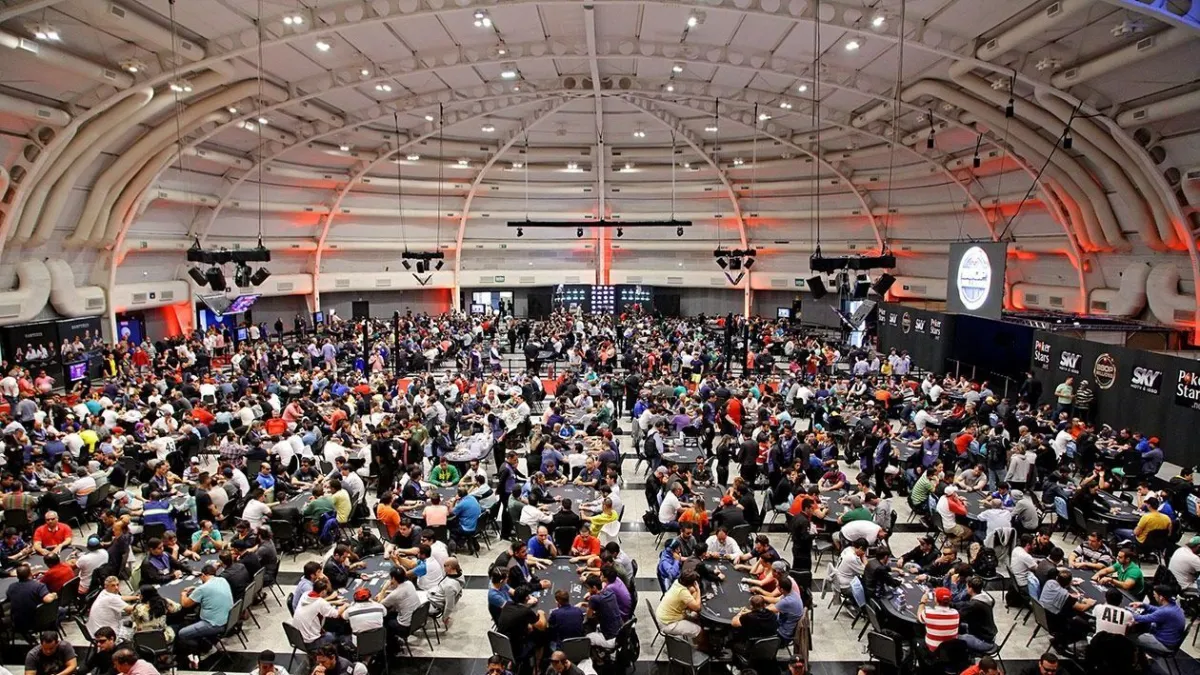Before they were betting chips, magic tricks, or bluffing tools, playing cards were mirrors of power.
Every time someone shuffles a deck, they repeat a millennia-old gesture: reshuffling centuries of history, myth, and ideology that have shaped the world.
The suits — spades, hearts, diamonds, and clubs — didn’t appear by accident. They were born in times when games were the privilege of kings, and symbolism mattered as much as luck.
♦ The Paper Road: From China to the West
Cards were born long before Las Vegas. The earliest documented references to card-like games come from 9th-century China, during the Tang Dynasty, where “paper leaves” were used for entertainment (Lo, Andrew. The Game of Leaves: An Inquiry into the Origin of Chinese Playing Cards, 2000). These early cards already carried symbols, numbers—and wagers.
Through Arab traders and the Silk Road, card games reached Europe by the 14th century. In the Islamic world, there existed a card system known as Mamluk cards, which included four suits: cups, swords, coins, and polo sticks. Many historians believe this design laid the foundation for Western playing cards.
♠ The Nobility of Symbols
When playing cards arrived in France around the 15th century, the suits evolved into the forms we know today:
- Spades (♠) for nobility and the military
- Hearts (♥) for the clergy and emotions
- Diamonds (♦) for the bourgeoisie and commerce
- Clubs (♣) for the peasants and labor
In short: the French deck turned feudal society into a game.
These suits weren’t just design choices — they were codified representations of social order.
Spades command, hearts pray, diamonds purchase, and clubs cultivate. To play cards was to re-enact the hierarchy of the world — albeit for amusement.
♥ Printing, Revolution, and the Bluff
With the invention of the Gutenberg printing press in the 15th century, cards began to be mass-produced. The game left palaces and entered taverns.
During the French Revolution, even the deck was reimagined politically — kings and queens replaced by revolutionary figures. To this day, alternative decks exist: feminist, queer, astrological, Indigenous.
In essence, the deck is a resilient visual language. An open-source code onto which each era inscribes its worldview.
♣ The Deck as Cultural Mirror
And here we are — in the age of The Showdown, of poker tables and digital platforms.
In a world accelerated by algorithms, we still shuffle the symbols of the past. We still choose suits to represent chance, risk, and strategy.
But what if we used that same deck to reshape the future?
If suits once represented castes and empires, today they can represent causes. A deck can be Indigenous, environmental, political, solar. It can tell stories yet untold. It can bluff the system.
After all, the game remains the same.
But now, we deal the cards.
Historical and bibliographic references:
- Lo, Andrew. The Game of Leaves: An Inquiry into the Origin of Chinese Playing Cards. Bulletin of the School of Oriental and African Studies, 2000.
- Dummett, Michael. The Game of Tarot: From Ferrara to Salt Lake City. Duckworth, 1980.
- Parlett, David. A History of Card Games. Oxford University Press, 1991.
- Hargrave, Catherine Perry. A History of Playing Cards and a Bibliography of Cards and Gaming. Dover, 1966.












